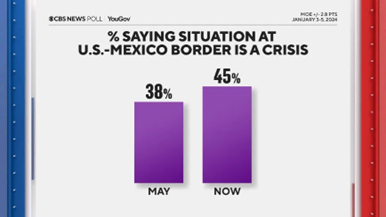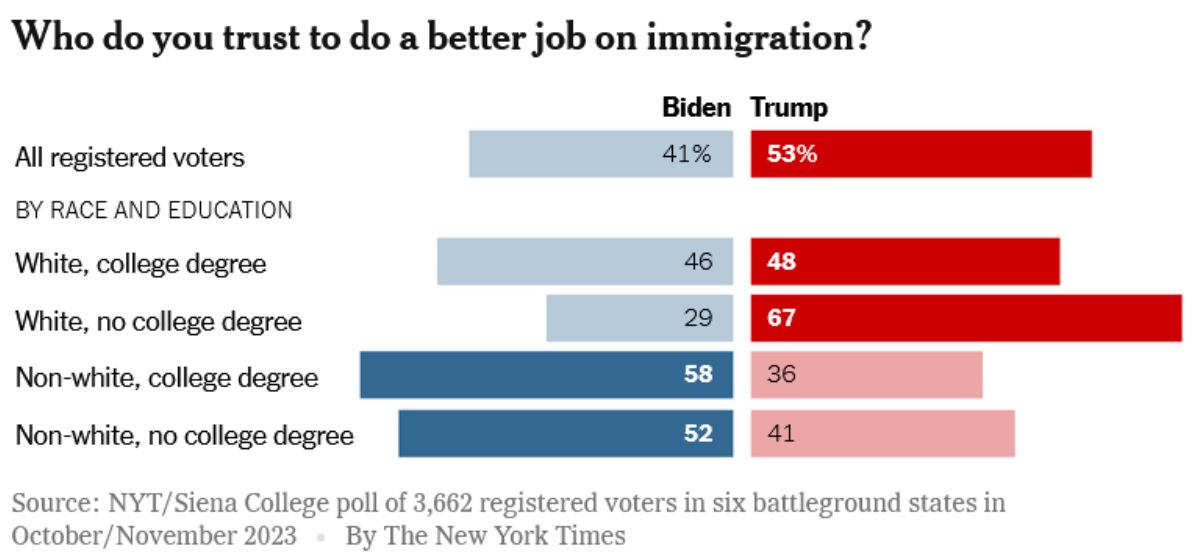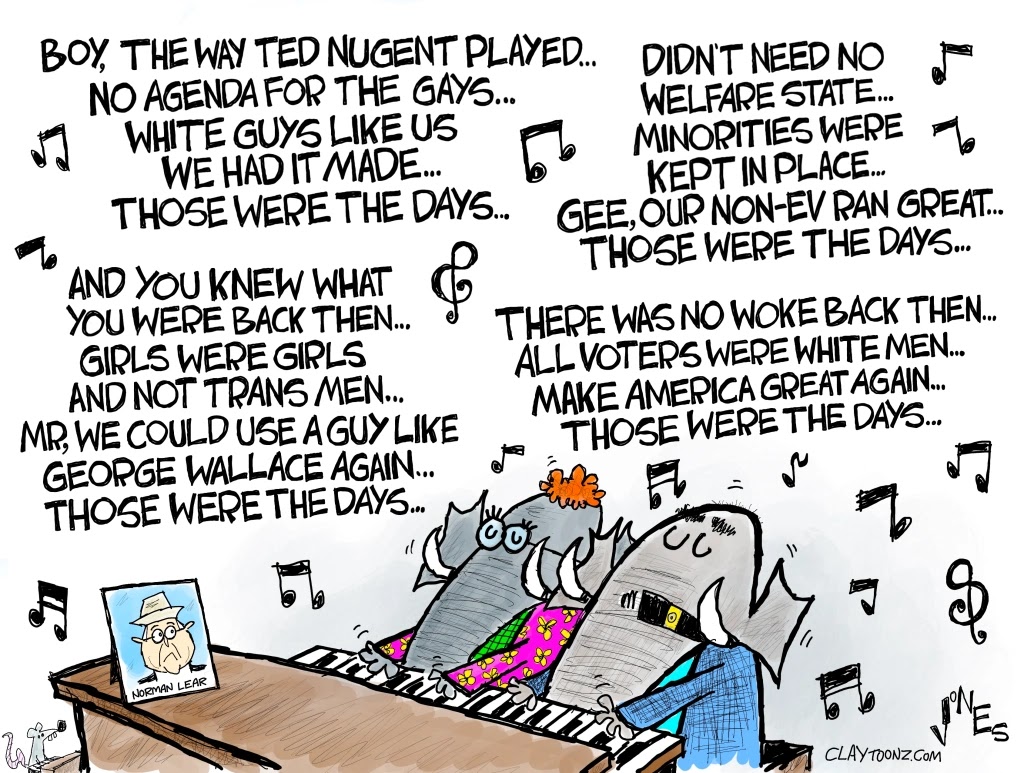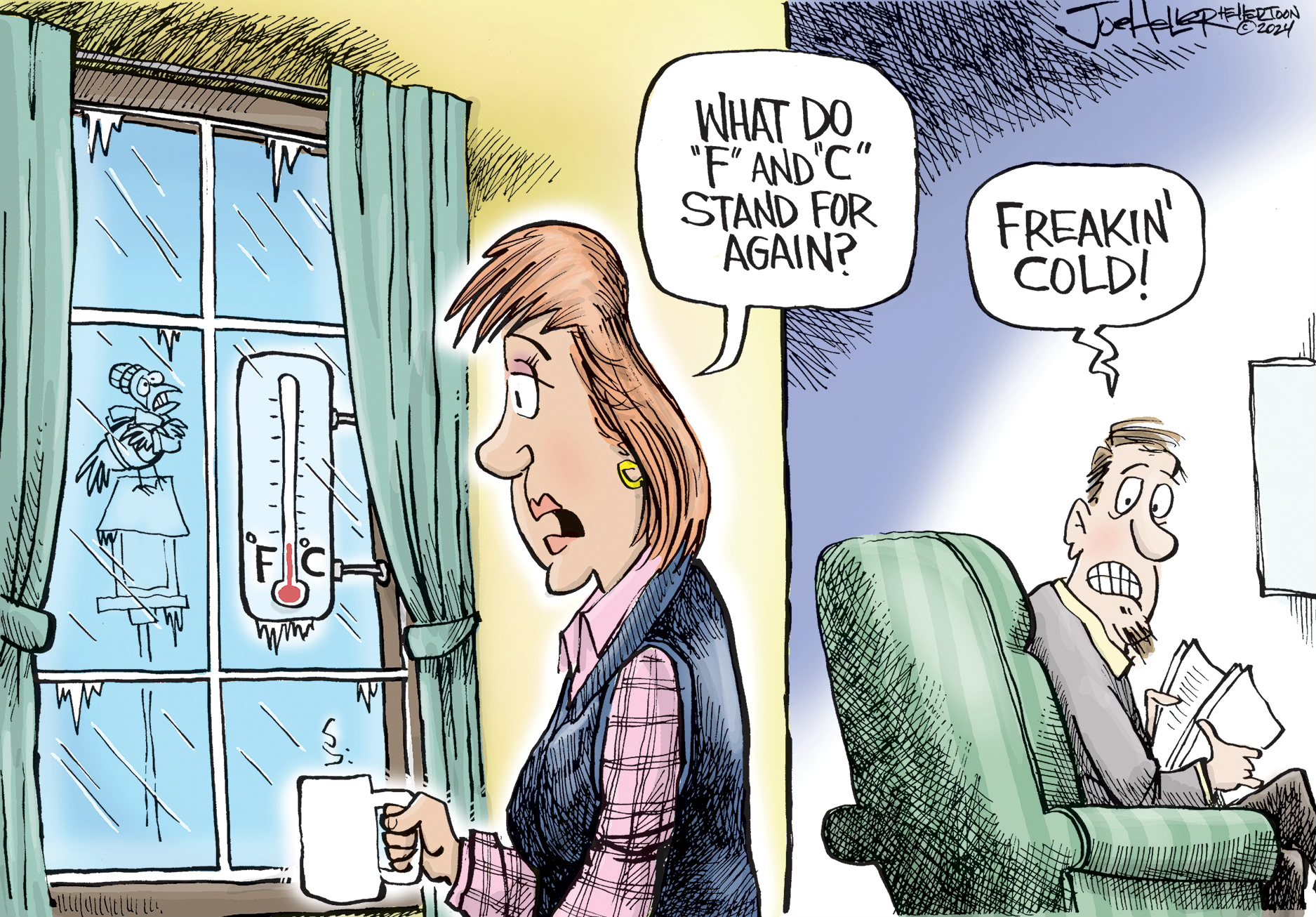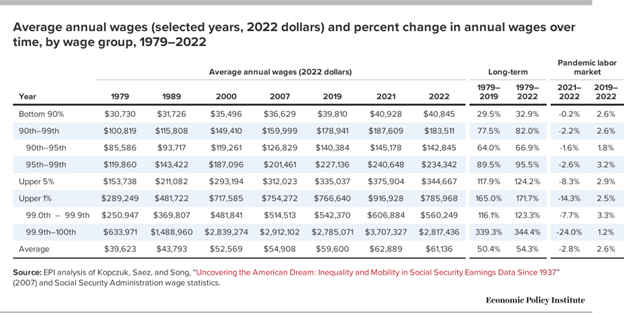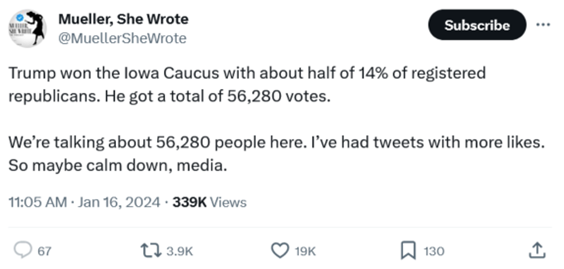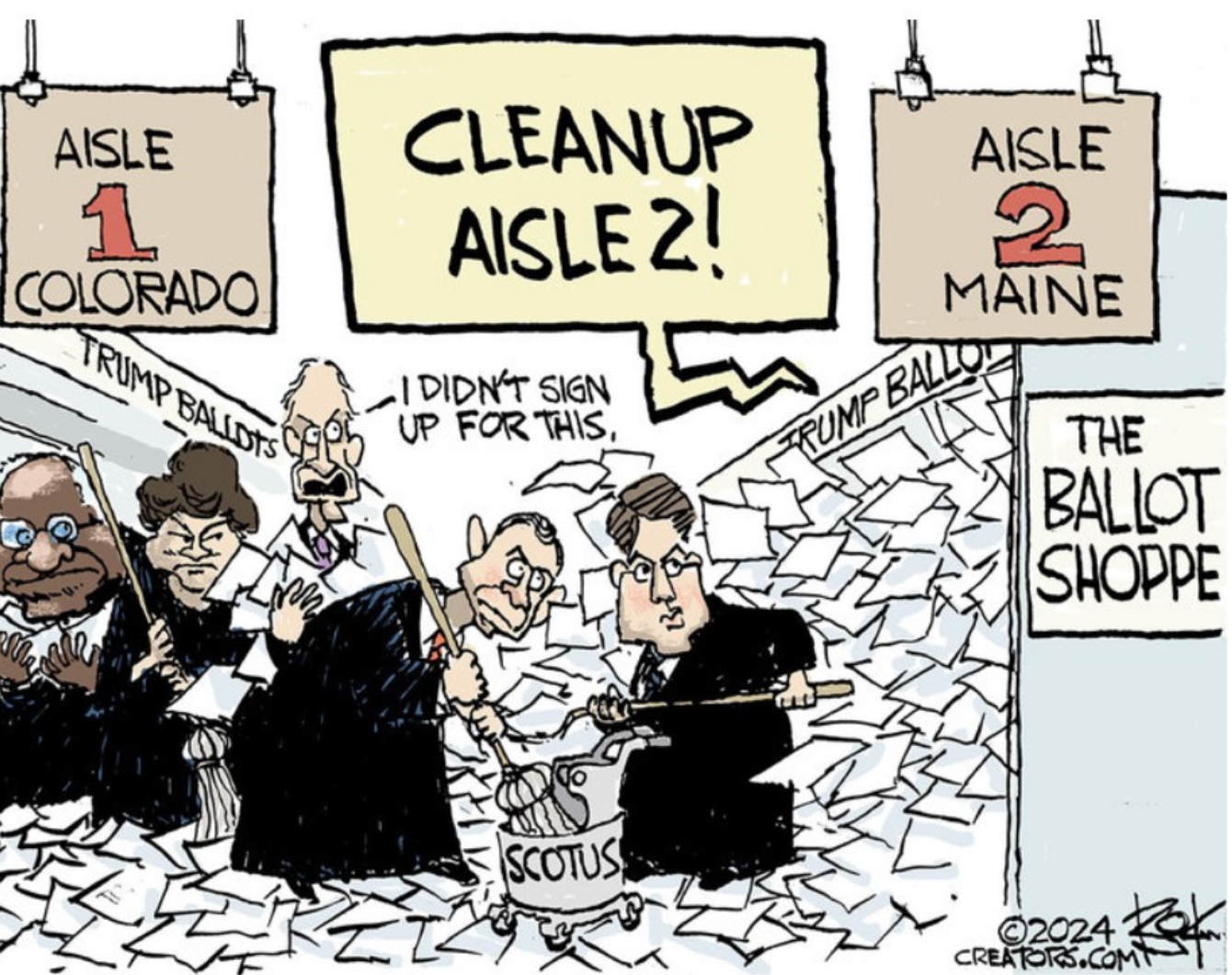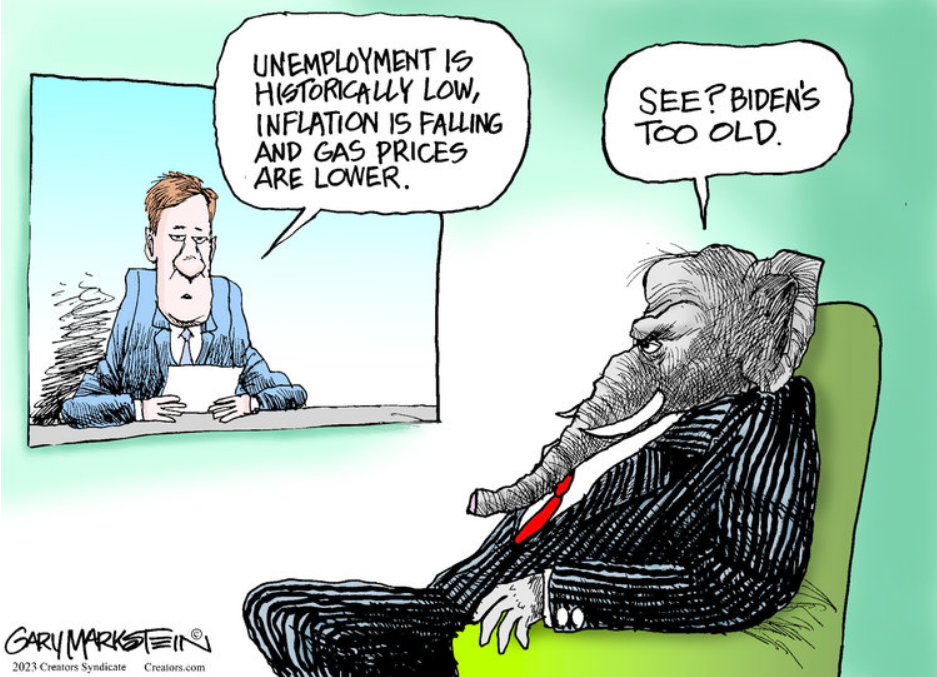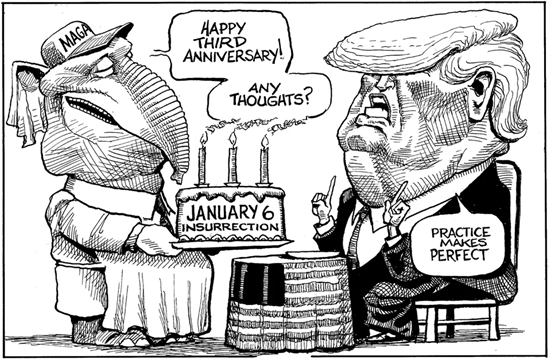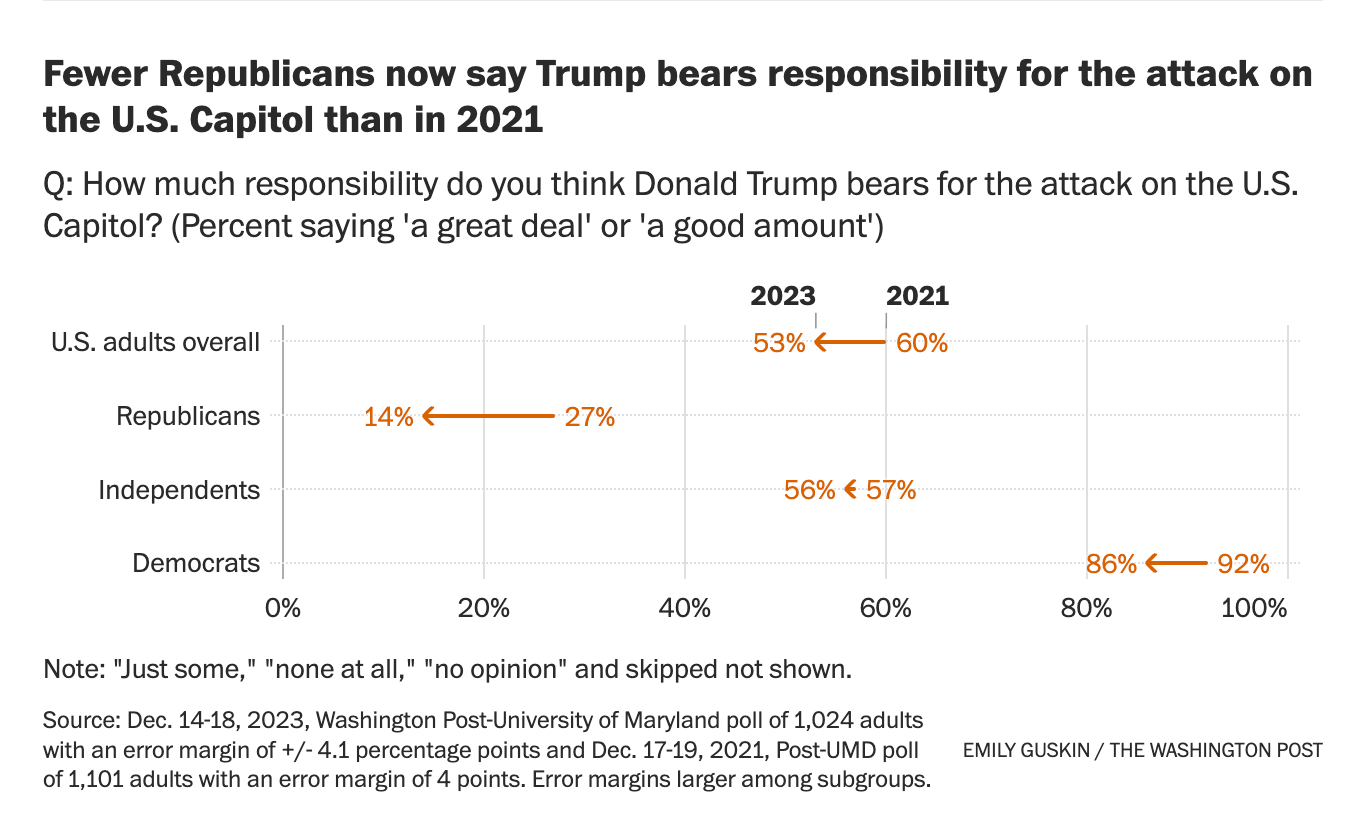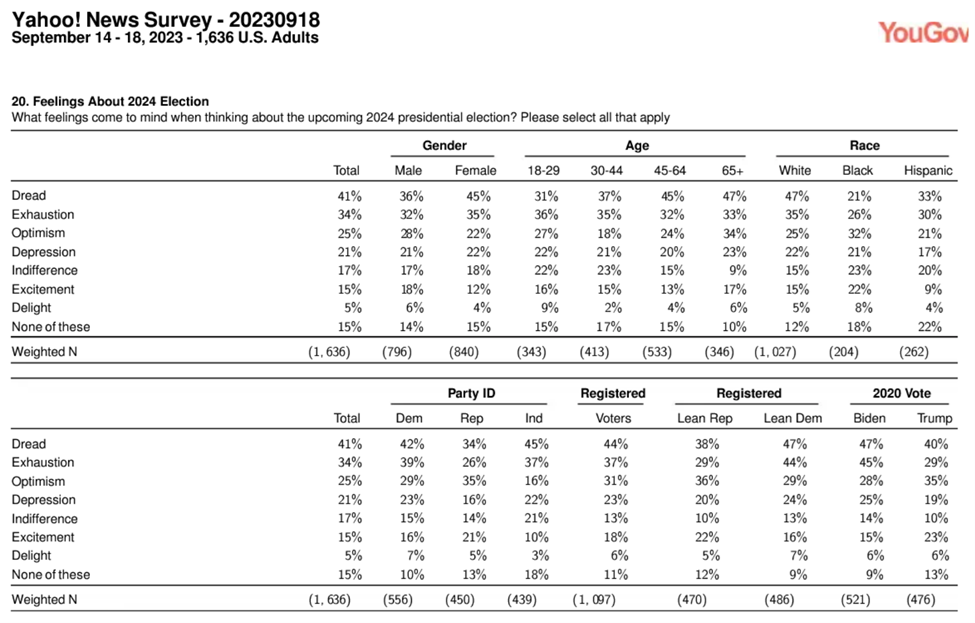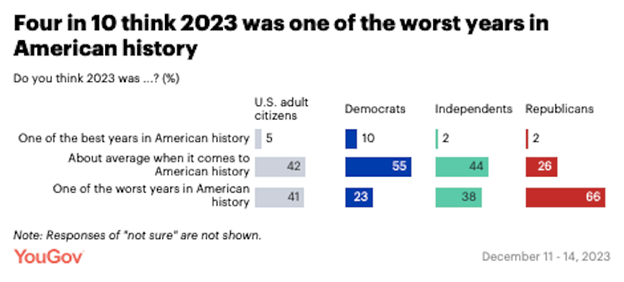The Daily Escape:

Lenticular clouds over Mt. Washington, with Mt. Washington Hotel in foreground, Bretton Woods, NH – January 2024 photo by Terri Stinn
“Those who cannot remember the past are condemned to repeat it.“– George Santayana
“We are the United States of Amnesia, we learn nothing because we remember nothing.” – Gore Vidal
Wrongo and Ms. Right watched an American Experience offering on PBS called “Nazi Town USA”. The video tells the story of the German American Bund, (Bund) a pro-fascist, pro-Nazi organization that at its peak in the late 1930s, had some 100,000 US members.
The Bund (bund is German for “organization”), was founded by German immigrant Fritz Kuhn in Buffalo in 1936. His vision was to create a pro-Nazi ideology within the US. Kuhn and his people used patriotic images of George Washington and the American flag to attract Americans of German descent as members. But the organization’s goals were wider: To create a “socially just, white gentile-ruled United States” and a “gentile-controlled labor union free from Jewish Moscow-directed domination.”
He sounds nice. The US in the 1930s was a hotbed of the fascist-curious. Coming out of WWI and heading into an international economic depression, America was as polarized as it had been since the Civil War. There were racist, antisemitic, anti-Catholic, anti-immigration and anti-democratic viewpoints that weren’t quietly whispered but were yelled. America’s greatest threat, many feared, were the Communists. Millions, (including members of Congress), belonged to the KKK. Father Coughlin was on the radio. Henry Ford had financed the publication of “The International Jew,” an antisemitic tract. And in New York, the Bund was fomenting a coup, and filling Madison Square Garden with followers. In Yaphank, a town on Long Island, tract homes for Bund members were going up on Adolf Hitler Street.
According to historian Bradley W. Hart, who gives commentary in the documentary:
“This was a period of incredible turmoil in the US. You have the Great Depression, you have people who have lost everything….At this moment…you have…people like Hitler and Mussolini, who are preaching hate and preaching that they have a solution to the real pain that people are feeling, it’s inevitable, unfortunately, that some will be attracted to that message.”
The Bund was just one of hundreds of right-wing and fascist-friendly groups in the US in the 1930s. The video linked above includes a chilling clip (@12:39 minutes) of Italy’s then-Prime Minister Mussolini, reaching out to his fascist friends in America: (emphasis by Wrongo)
“I am very glad to be able to express my friendly feelings towards the American nation, my fellow citizens who are working to make America great…”
For Wrongo, that revealed a shocking throughline to 2016, and then on to America today.
The Bund had chapters all across the country. Their high point was holding a Swastika-bedecked rally attended by 20,000 at Madison Square Garden in 1939. FBI chief J. Edgar Hoover, despite instructions from FDR, had little interest in investigating the Bund’s head, Fritz Kuhn. Hoover was far more concerned with Communism. Back then, “Jewish Communism” was a catchphrase used by Kuhn.
The documentary uses scenes from the Academy Award-nominated short documentary “A Night at the Garden,” of the 1939 “Pro-American Rally” at Madison Square Garden held by the Bund. When Kuhn takes the stage at the rally, an announcer says:
“We love him for the enemies he has made…”
Doesn’t that sound disturbingly familiar? And you then learn that Kuhn supporters beat up a demonstrator who ran on stage, are you surprised that we see the same at Trump rallies today? Subsequently, Charles Lindbergh emerged as head of a supposedly non-partisan group, “America First” that urged the US not to oppose Hitler’s war in Europe.
Trump embraced the “America First” rubric starting right after his inauguration.
After Nazism and Fascism were defeated in Europe in WWII, there wasn’t much of a reckoning inside the US with those who were Fascists or Nazis. There was a wish to simply forget about the fractious politics of the 1930s. Kuhn was deported to Germany, and the Bund collapsed.
But the Bund members and fellow travelers didn’t disappear. They simply blended back into the social fabric of America’s towns. And the ideas certainly didn’t disappear, they’re still with us today. We’re seeing them re-emerge not just in the US but also throughout Europe. There will always be citizens who when they see a threat, prefer having a strongman around to uproot it.
Tom Nichols, a Never Trump conservative who writes for the Atlantic, offers this:
”Early last month, he echoed the…language of Adolf Hitler by describing immigrants as disease-ridden terrorists and psychiatric patients who are “poisoning the blood of our country.”
Nichols quotes from Trump’s talk in Claremont, NH:
“We will drive out the globalists, we will cast out the communists, Marxists, fascists. We will throw off the sick political class that hates our country….On Veterans Day, we pledge to you that we will root out the communists, Marxists, fascists and the radical left thugs that live like vermin within the confines of our country, that lie and steal and cheat on elections and will do anything possible…legally or illegally to destroy America and to destroy the American dream.”
As the New York University professor Ruth Ben-Ghiat said in the WaPo about the same speech, Trump is populating this list of imaginary villains (which she sees as a form of projection) in order “to set himself up as the deliverer of freedom. Mussolini promised freedom to his people too and then declared dictatorship.”
It’s possible that Trump doesn’t really understand what he’s saying. But when he uses terms like “vermin” and expressions like “poisoning the blood of our country”, we’re not required to spend a lot of time trying to give him the benefit of the doubt.
And you can be certain that the people around Trump completely understand what he’s saying.
Time to face up to the truth. Trump is a fascist, even if he’s too ignorant to label what he is. He’s naturally gifted at propaganda and he’s demonstrated amazing political power with his Big Lie. Others on the extreme Right have noticed and see the potential of using him for fascistic purposes.
Fascism is back in America, whether we call it by its name or not.


